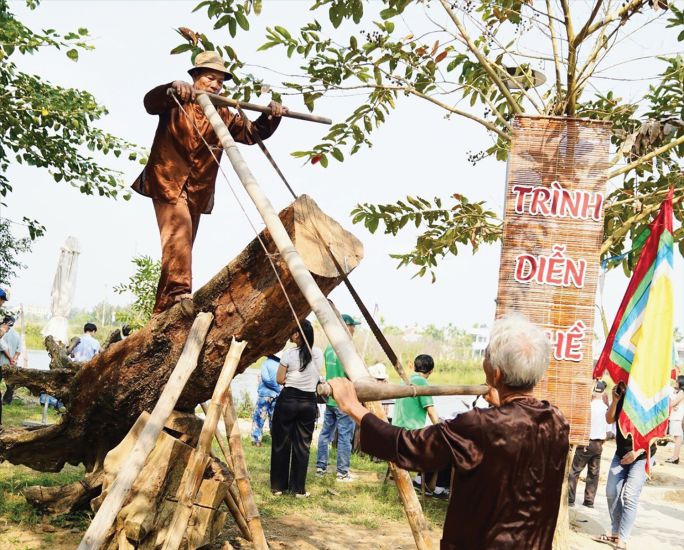
Kim Bong Wood Village has revived its traditional craft village, and people have become rich by combining tourism and commerce. Photo: Linh Nguyen
From a basket boat, a vegetable patch to the best villages in the world
These are very ordinary occupations, present in almost any Vietnamese village, but in Hoi An, they have become unique tourism brands, of international stature.
The story of the basket boat in Bay Mau coconut forest (Cam Thanh), Hoi An Dong ward, Da Nang is a typical example. Originally just a rudimentary fishing means, the basket boat has now become an experience not to be missed. Tripadvisor, the world's most prestigious travel platform, ranked the basket boat experience here at number 19 in the top 25 most attractive boat activities worldwide in 2024.
This is a recognition for a unique eco-tourism product, where visitors can glide gently on the river, weave through lush green coconut groves and burst into laughter with the "basket shaking" performances, folk songs, and even spontaneous karaoke singing by the locals.
The development is not spontaneous. Every year Cam Thanh welcomes nearly 1 million visitors. To manage nearly 1,400 basket boats and ensure service quality, the Cam Thanh Coconut Forest Basket Boat Service Cooperative was established with 460 members.
Mr. Le At, a member, excitedly shared: “In the past, even though we used to catch fish and take passengers across the river, we only spent a few tens of thousands of dong per day. Now, each passenger can spend up to 300,000 for a round trip experience on a basket boat.
Now that there are cooperatives, people can participate in tourism development, rise up and have a better life. Local authorities help people professionalize services, increase income and build brands together through the cooperative model.
Similarly, Tra Que vegetable village, from a traditional agricultural village, has become the “World’s Best Tourist Village in 2024” honored by the United Nations Tourism Organization (UN Tourism). This success comes not only from the lush organic vegetable beds cultivated using traditional methods, but also from turning farming work into an attractive tourist experience.
The program “A day as a Tra Que farmer” allows visitors to dig the soil, grow vegetables, and then enjoy the fruits of their labor through rustic dishes.
With more than 200 households participating in an area of 18 hectares, Tra Que not only sells vegetables but also sells a cultural story. Vegetable growing is recognized as a national intangible cultural heritage, Cau Bong festival is preserved, all of which have created a destination that meets the United Nations' sustainable development criteria. Annual revenue of approximately 1 billion VND from ticket sales is clear evidence of the economic efficiency of this model.
Craft villages such as Kim Bong carpentry, which is over 500 years old, under the guidance of artisans like Mr. Huynh Suong, have skillfully combined traditional carving techniques with the needs of the tourism market. From a craft village that was only heard in... stories, the government supported rice for a few dozen young people to learn the craft and restore it. Up to now, Kim Bong carpentry village has been alive and contributed a lot to the development of the homeland.
Thanh Ha pottery village is also a story of miraculous revival. Once facing the risk of being lost when industrial products overwhelmed, the pottery village has found a way to survive thanks to tourism. Instead of just producing household items, the artisans have switched to making fine art pottery and opened their workshops for visitors to experience pottery shaping and clay figurine molding.
From a difficult situation, now nearly 100 workers at 32 establishments have a stable income of 6-7 million VND/month. The local government also accompanies with specific support policies, helping people feel secure to keep the passion for the profession.
Keep the land, keep the profession, help people get rich
The above achievements are not accidental, but the result of a very specific development strategy, bearing the mark of a “constructive government”. The core philosophy of Hoi An is that development must originate from cultural strength, with people at the center and the ultimate goal is to improve their lives.
That is the courage to preserve land and profession for the people. Instead of planning flashy tourist areas and pushing people out of their living space, Hoi An did the opposite. They turned the people's houses, gardens, and workshops into tourist destinations. Tra Que farmers did not lose their fields, Kim Bong carpenters did not lose their workshops, Cam Thanh boatmen did not lose their rivers. They were given ownership, trained in skills to become "tourism ambassadors", confidently telling the story of their homeland and directly benefiting from it. This is a humane way of doing things, solving the conflict between conservation and development, between urbanization and people's livelihoods.
The Hoi An model is a convincing answer to the command to “shift from administrative thinking to creation”. Creation is not something lofty, but rather the realization of potential in the most ordinary things, the building of an ecosystem where economic and cultural values grow together, enriching the whole community.
Hoi An has proven that when heritage is placed in the right hands of the people, with the guidance and support of a truly “for the people” government, it will become an endless resource to create a sustainable and prosperous future.
Source: https://laodong.vn/du-lich/tin-tuc/hoi-an-sang-tao-tu-di-san-kien-tao-cho-tuong-lai-1557361.html


![[Photo] Visit Hung Yen to admire the "wooden masterpiece" pagoda in the heart of the Northern Delta](/_next/image?url=https%3A%2F%2Fvphoto.vietnam.vn%2Fthumb%2F1200x675%2Fvietnam%2Fresource%2FIMAGE%2F2025%2F11%2F21%2F1763716446000_a1-bnd-8471-1769-jpg.webp&w=3840&q=75)

![[Photo] General Secretary To Lam receives President of the Senate of the Czech Republic Milos Vystrcil](/_next/image?url=https%3A%2F%2Fvphoto.vietnam.vn%2Fthumb%2F1200x675%2Fvietnam%2Fresource%2FIMAGE%2F2025%2F11%2F21%2F1763723946294_ndo_br_1-8401-jpg.webp&w=3840&q=75)
![[Photo] President Luong Cuong receives Speaker of the Korean National Assembly Woo Won Shik](/_next/image?url=https%3A%2F%2Fvphoto.vietnam.vn%2Fthumb%2F1200x675%2Fvietnam%2Fresource%2FIMAGE%2F2025%2F11%2F21%2F1763720046458_ndo_br_1-jpg.webp&w=3840&q=75)

![[Photo] National Assembly Chairman Tran Thanh Man holds talks with President of the Senate of the Czech Republic Milos Vystrcil](/_next/image?url=https%3A%2F%2Fvphoto.vietnam.vn%2Fthumb%2F1200x675%2Fvietnam%2Fresource%2FIMAGE%2F2025%2F11%2F21%2F1763715853195_ndo_br_bnd-6440-jpg.webp&w=3840&q=75)
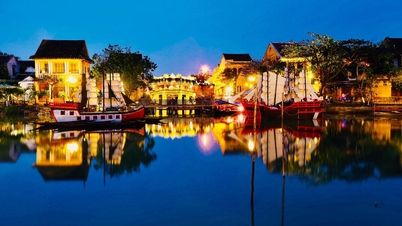
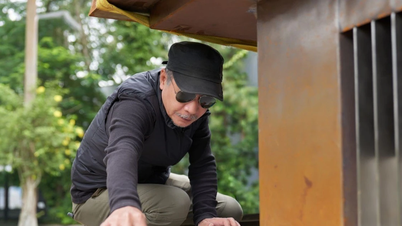



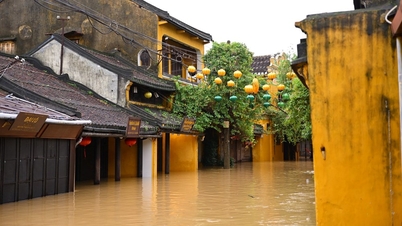


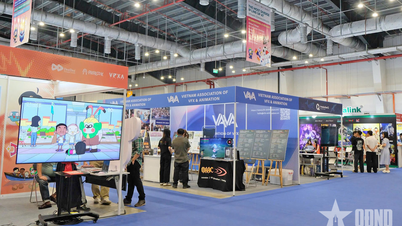







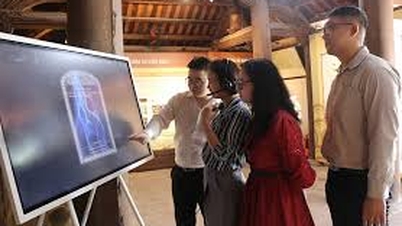

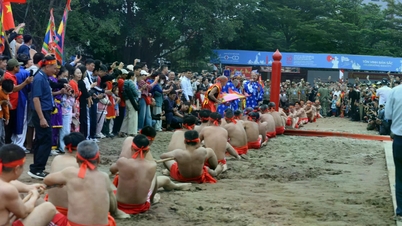

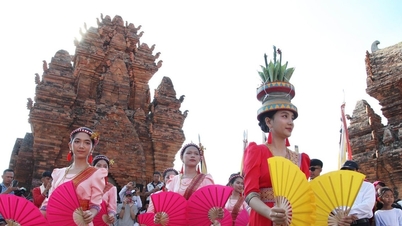




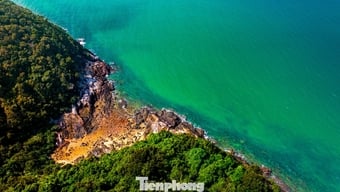






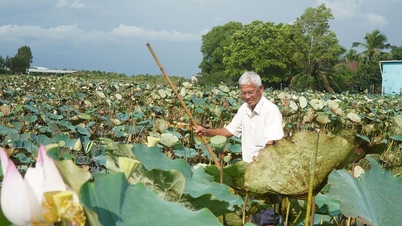

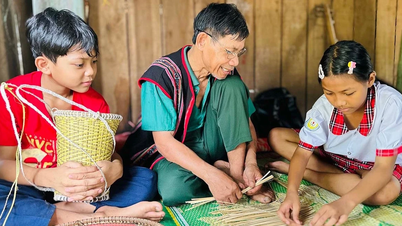

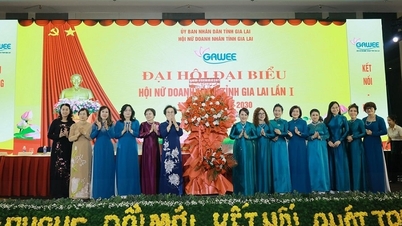

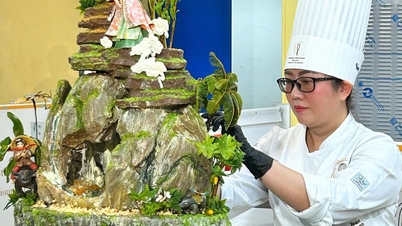



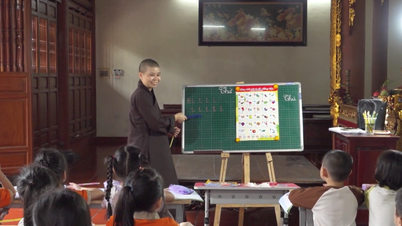


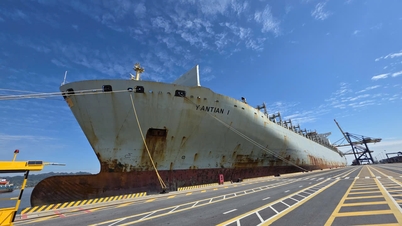
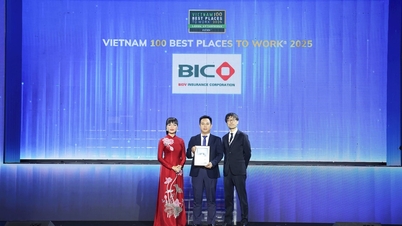
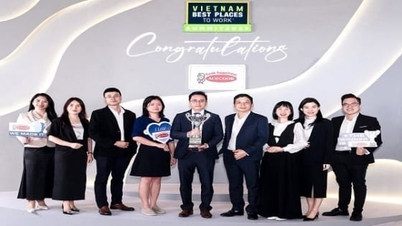





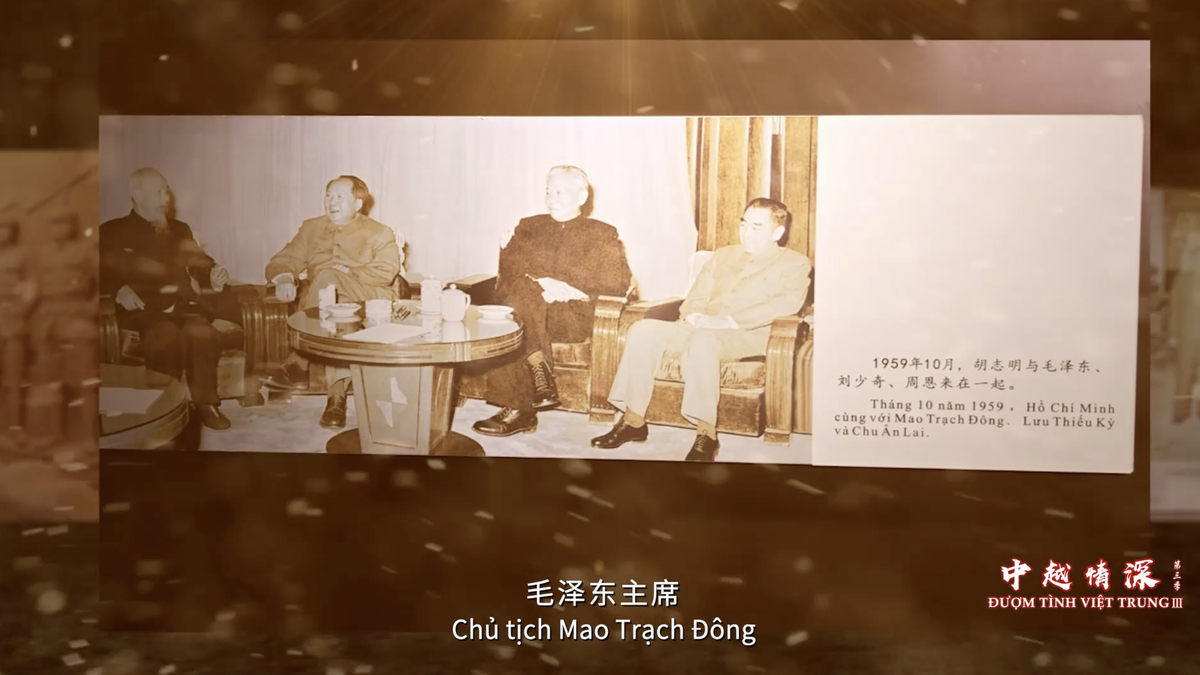

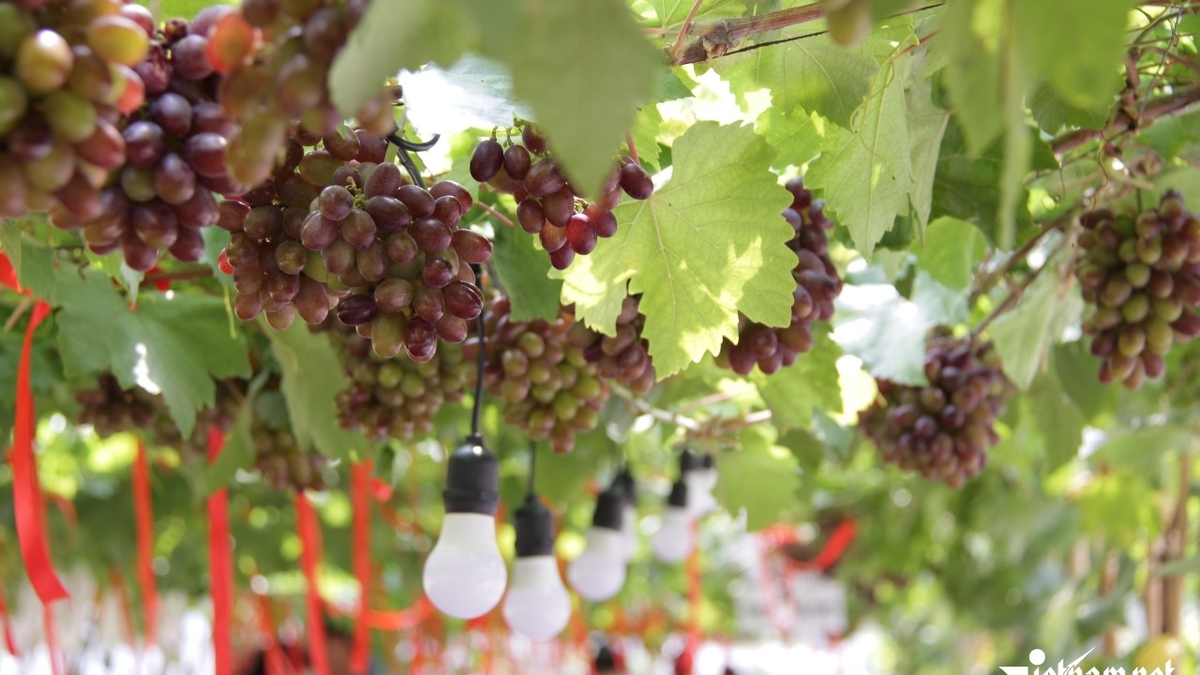
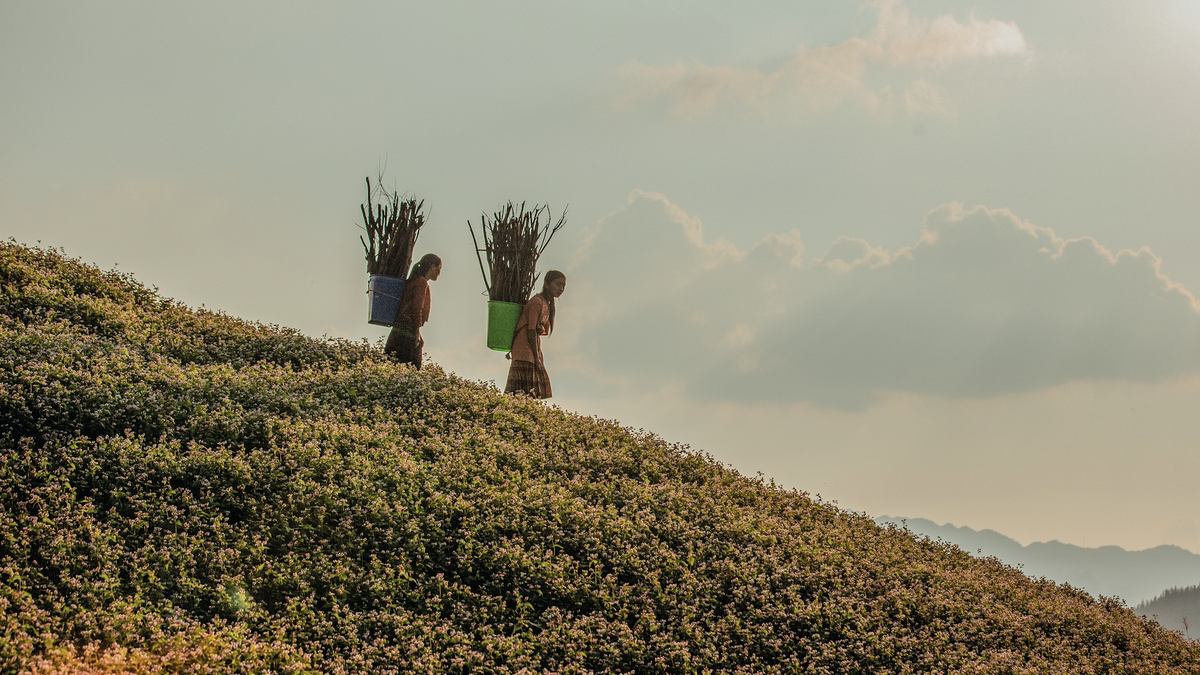

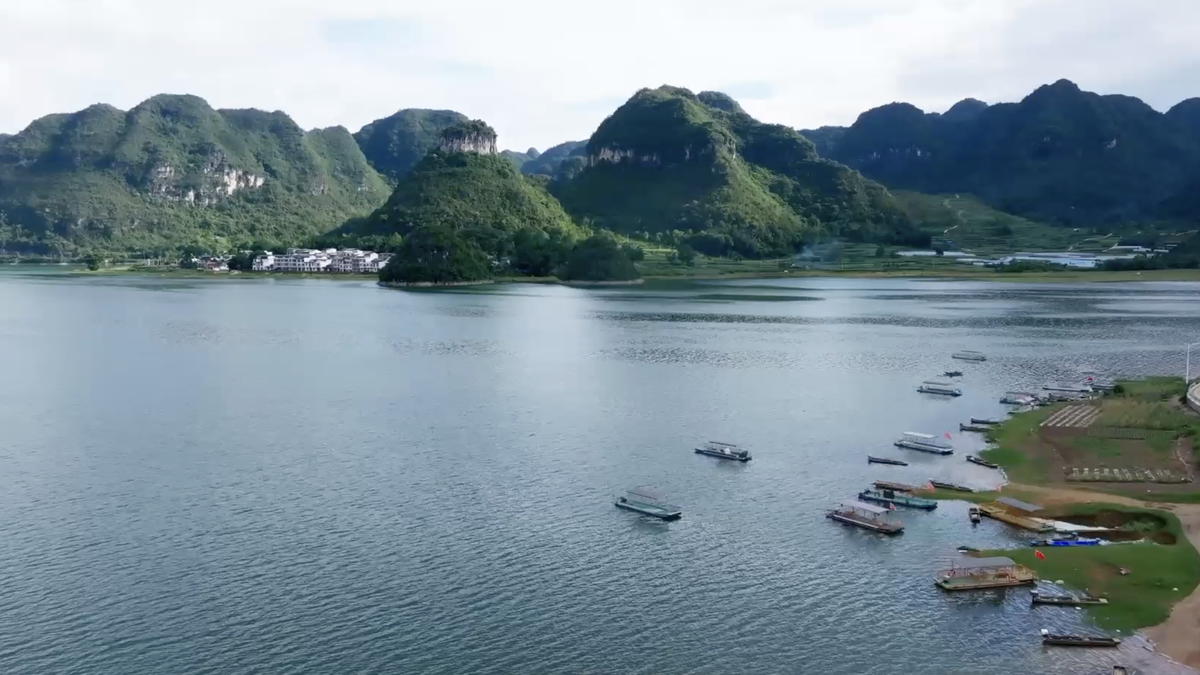







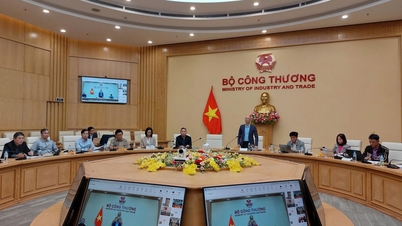

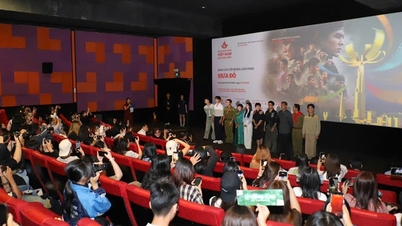




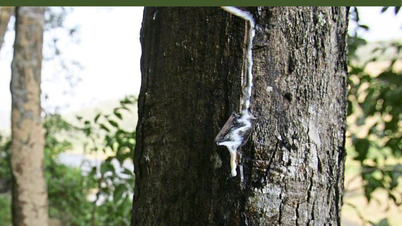



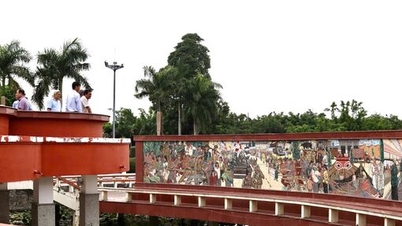

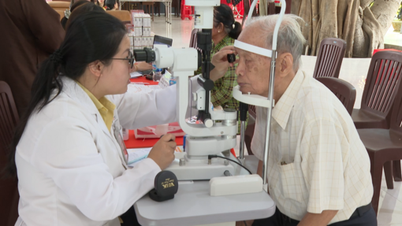





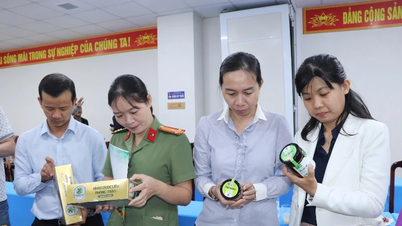

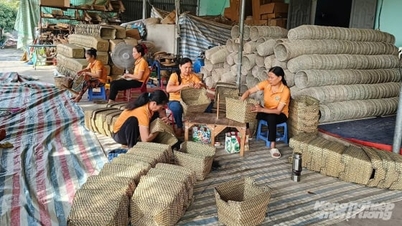

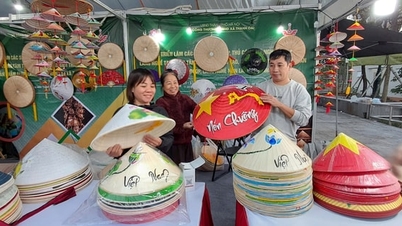

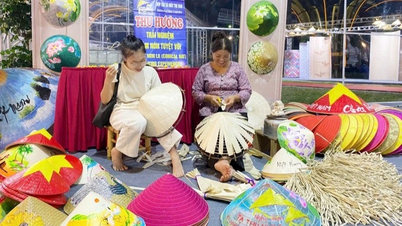
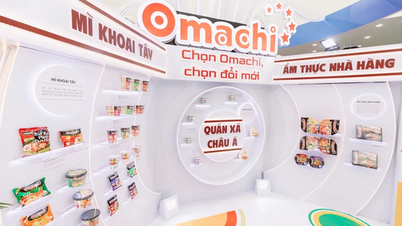




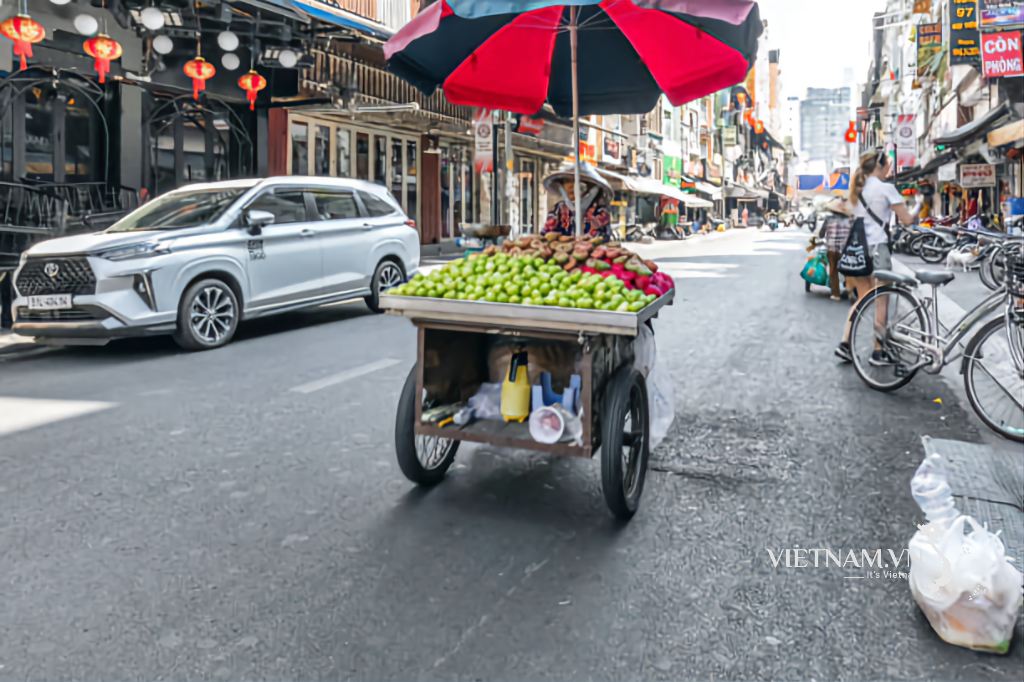

Comment (0)